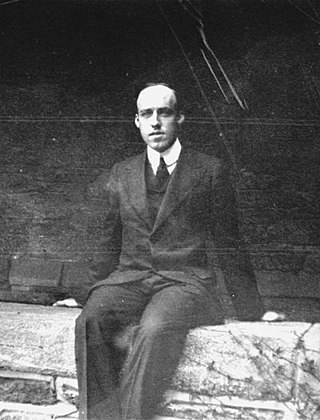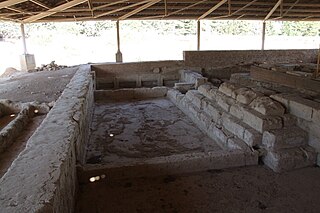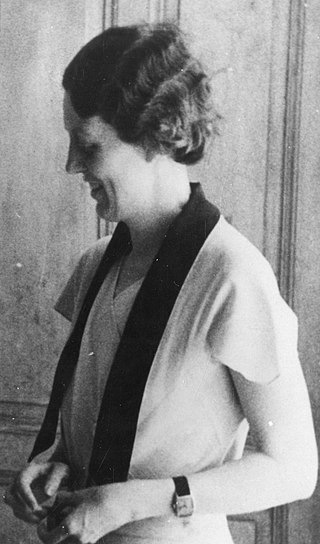
The Panathenaea was a multi-day ancient Greek festival held annually in Athens that would always conclude on 28 Hekatombaion, the first month of the Attic calendar. The main purpose of the festival was for Athenians and non-Athenians to celebrate the goddess Athena. Every four years, the festival was celebrated in a larger manner over a longer time period with increased festivities and was known as the Great Panathenaea. In the years that the festival occurred that were not considered the Great Panathenaea, the festival was known as the Lesser Panathenaea. The festival consisted of various competitions and ceremonies, culminating with a religious procession that ended in the Acropolis of Athens.

The ancient Agora of Athens is the best-known example of an ancient Greek agora, located to the northwest of the Acropolis and bounded on the south by the hill of the Areopagus and on the west by the hill known as the Agoraios Kolonos, also called Market Hill. The Agora's initial use was for a commercial, assembly, or residential gathering place.

The Stoa of Attalos was a stoa in the Agora of Athens, Greece. It was built by and named after King Attalos II of Pergamon, who ruled between 159 BC and 138 BC. The current building was reconstructed from 1952 to 1956 by the American School of Classical Studies at Athens and currently houses the Museum of the Ancient Agora.
William Bell Dinsmoor Sr. was an American architectural historian of classical Greece and a Columbia University professor of art and archaeology.
William Bell Dinsmoor Jr. was an American classical archaeologist and architectural historian.

Dorothy Burr Thompson was an American classical archaeologist and art historian at Bryn Mawr College and a leading authority on Hellenistic terracotta figurines.

Rhys Carpenter was an American classical art historian and professor at Bryn Mawr College.

The American School of Classical Studies at Athens (ASCSA) is one of 19 foreign archaeological institutes in Athens, Greece. It is a member of the Council of American Overseas Research Centers (CAORC). CAORC is a private not-for-profit federation of independent overseas research centers that promote advanced research, particularly in the humanities and social sciences, with focus on the conservation and recording of cultural heritage and the understanding and interpretation of modern societies.
Oscar Theodore Broneer was a prominent Swedish American educator and archaeologist known in particular for his work on Ancient Greece. He is most associated with his discovery of the Temple of Isthmia, an important Panhellenic shrine dating from the seventh century B.C.
William Andrew "Bill" McDonald was a Canadian archaeologist.

Jack L. Davis is Carl W. Blegen Professor of Greek Archaeology at the University of Cincinnati in Ohio and is a former Director of the American School of Classical Studies at Athens.

Kavousi Kastro is an archaeological site in eastern Crete, Greece, about 1.4 km southeast of the modern village of Kavousi, a historic village in the municipality of Ierapetra in the prefecture of Lasithi.
Lucy Talcott was an American archaeologist who worked on the excavations at the Ancient Agora of Athens for over twenty years. An expert on ancient Greek painted pottery, she coauthored the definitive study of Archaic and Classical household pottery.

Ida Carleton Hill was an American archaeologist, classical scholar and historian. Hill had a strong interest in the relationship between history, geography, and archaeology, which was reflected in her research and publications over her fifty-year career.

The Nemean baths are an athletic bathing house at the Panhellenic sanctuary of Nemea in the Argolis. The baths are located on the south most part of the Hellenistic complex. They are directly west of the similarly dated Xenon, which served as athlete's lodging.
Evelyn Lord Smithson was a noted twentieth-century scholar of classics and Classical archaeology and an expert on Bronze Age and Early Iron Age Greece.
Olga Palagia is Professor of Classical Archaeology at the National and Kapodistrian University of Athens and is a leading expert on ancient Greek sculpture. She is known in particular for her work on sculpture in ancient Athens and has edited a number of key handbooks on Greek sculpture.
Mark Henderson Munn (1953–present) is an American scholar of Ancient Greek history and archaeology.

Josephine Platner Shear was an American classical archaeologist and numismatist, who was excavation and numismatic lead for the Agora excavations.

Caroline Morris Galt was an American college professor. She taught Greek, Latin, art history and archaeology courses at Mount Holyoke College, and was the first woman appointed as an annual professor at the American School of Classical Studies at Athens.











